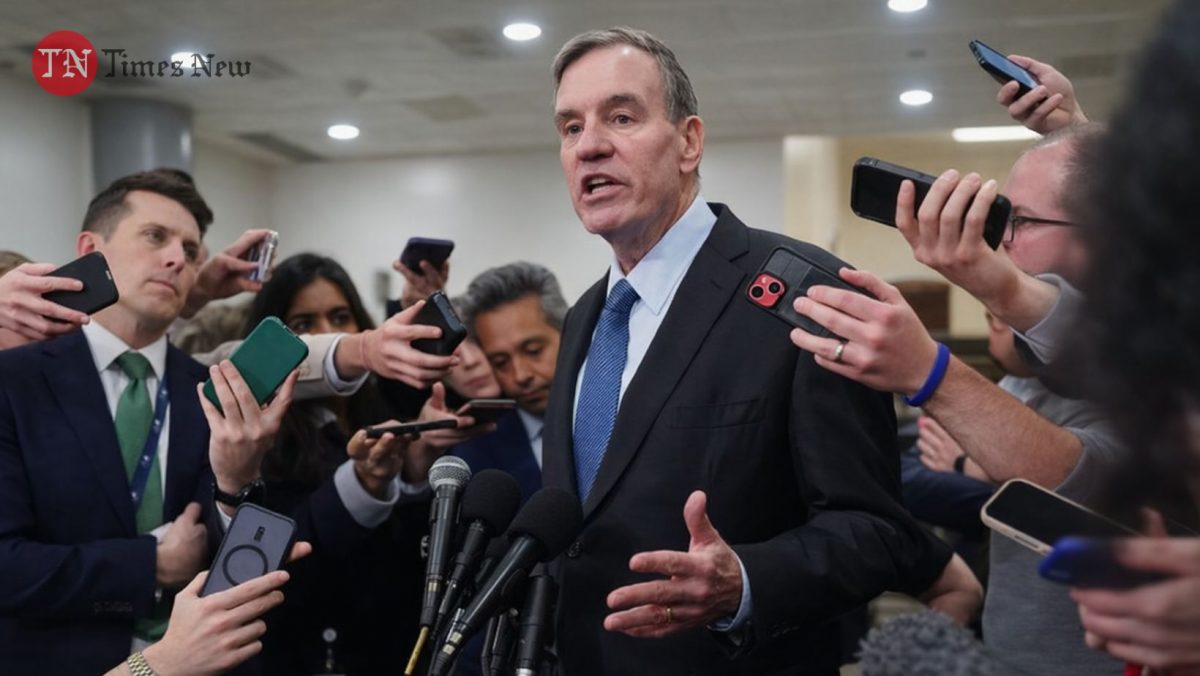
Twitter, the popular social media platform, has undergone a significant rebranding, announcing its transformation into “X” under the ownership of tech mogul Elon Musk. On Monday, the company unveiled its new logo—a minimalist white X on a black background. While the rebranding has commenced, the platform’s URL and signature “Tweet” button still bear the Twitter name, indicating the transition may not be entirely finalized. Musk, along with the newly appointed CEO, Linda Yaccarino, disclosed the company’s plans to expand into payments, banking, and commerce, aiming to create an all-encompassing “everything app” similar to China’s WeChat.
Founded in 2006 and inspired by the sound of birds chattering, Twitter has always sported avian branding. However, with the recent acquisition by Musk for $44 billion last year, the company is now set on a bold new trajectory. Musk, who also named the parent company the X Corporation, has a vision of a super-app that integrates social media, messaging, and mobile payments, aiming to redefine how people interact in the digital realm. Despite skepticism from some experts about the feasibility of this grand plan, Musk’s ambition and track record suggest he may lead Twitter into uncharted territory.
The newly unveiled logo was projected onto Twitter’s San Francisco headquarters, symbolizing the official start of this transformation. With a keen focus on AI-powered technology, the rebranded X envisions connecting users in unimaginable ways, revolutionizing interactions in audio, video, messaging, and financial transactions. Yaccarino, an experienced advertising executive brought on board by Musk, is confident in X’s potential to create a global marketplace for ideas, goods, services, and opportunities. As Twitter takes its first steps towards a radical makeover, the world eagerly awaits the unfolding of this ambitious vision.
Struggles and Challenges
Despite the enthusiasm surrounding Twitter’s transformation, the platform has faced challenges in recent times. Musk’s management style and significant workforce reductions have led to a decline in the platform’s advertising business and content moderation capabilities. Critics argue that these changes, coupled with the introduction of new charges for previously free services, have alienated users and advertisers alike. As the company attempts to pivot towards payments and commerce to secure new revenue streams, it must confront growing debt and concerns over its ability to evolve into a successful super-app.
Competition and Future Prospects
In an ever-changing landscape of social media platforms, Twitter’s rebranding faces competition from other tech giants. Facebook’s parent company, Meta, has also entered the fray with the launch of “Threads,” a text-based platform boasting an estimated 150 million users. However, early data suggests that user engagement on the rival app has dwindled in the weeks following its introduction. Despite challenges and competition, Elon Musk’s vision of X as a transformative and interconnected platform presents a promising future for Twitter and the digital realm. As the company forges ahead, only time will tell if Musk’s audacious ambitions can turn X into the global phenomenon he envisions.
Pic Courtesy: google/ images are subject to copyright









